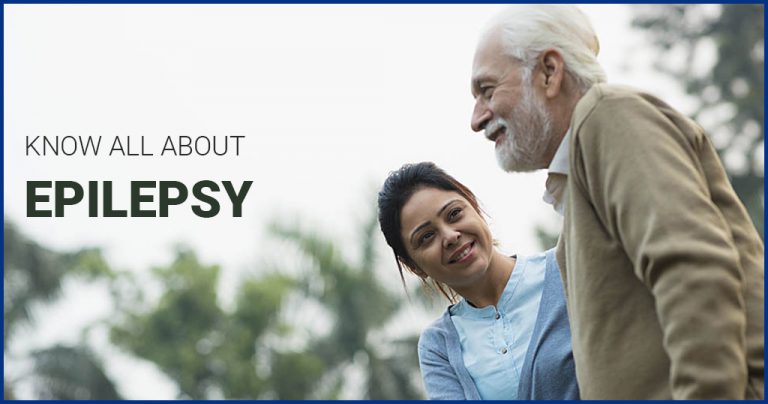
Many individuals in India (around 30%) have varicose veins of the legs. while this can cause pain and discomfort for some people, for others this can just be a cosmetic concern.
Defined as swollen and distended veins, varicose veins usually occur in the legs. While varicose veins can occur anywhere in the body, this is seen most commonly in legs. That is because standing and walking upright increases the pressure in the veins of your lower body. Varicose veins occur most often in people aged 30yrs and above.
Varicose veins are caused by weakened valves of veins in the legs. Generally, the one-way valves in veins keep the blood flowing from legs upwards toward the heart. When these valves stop working as they should, blood gets collected in the legs and builds up pressure. The veins become weak, enlarge, and get twisted. The veins appear blue and black because they contain deoxygenated blood.
People whose job involves standing or sitting for long periods of time also tend to develop varicose veins in the legs. The muscles around the main veins constrict, thus forcing the main veins to empty the blood back into the heart. The longer a person stands without moving, the more the blood pools in the veins. A build-up of pressure in the smaller veins happens and it is this pressure that causes the varicose veins.
Women are more likely to develop the condition. Hormonal changes during pregnancy, pre-menstruation or menopause may be a factor. Female hormones tend to relax vein walls. Taking hormone replacement therapy or birth control pills may increase the risk of varicose veins. Being overweight puts added pressure on veins, therefore varicose veins are more common in the overweight or obese individual.
In the vast majority of individuals with varicose veins of the feet there is no pain, but the veins might appear very dark purple or blue in colour and have a bulging appearance.
Some pregnant women develop varicose veins. Pregnancy increases the volume of blood in the body but decreases the flow of blood from legs to your pelvis as growing uterus exerts pressure over abdominal veins. Varicose veins may surface for the first time or may worsen during late pregnancy. Changes in hormones during pregnancy may also play a role.
- An achy or heavy feeling in your legs
- Burning, throbbing, muscle cramping and swelling in your lower legs
- Worsened pain after standing or sitting for a longer time
- Itching around one or more than one of the veins
- Skin ulcers near the ankle that may mean there is a severe form of vascular disease that needs medical attention
Varicose veins are not just a cosmetic problem. It’s a medical disease. The damage done once, cannot be reversed and it keeps progressing to the next stage. Thus it’s a progressive and irreversible disease. It should be addressed as soon as possible. There is no clinical line of therapy for varicose veins. You need to choose between traditional surgical or modern Endovenous Laser Treatment.
If you think you have varicose veins you should see your doctor. Your doctor will take a history and do a physical examination. A Doppler ultrasound scan of leg veins is done, to check the blood flow pattern in veins and rule out any blood clot.
The varicose veins disease is irreversible. There are a few self-care methods you can take to reduce the discomfort that varicose veins may cause. These measures Such as exercising, losing weight, elevating legs while sleeping, and avoiding long periods of standing or sitting, compression stockings help in delaying the progression of the disease. With medicine or these above-said measures, we can only delay the next stage but could not reverse or stop it progressing further varicose veins should be removed completely.
Many patients suffering from varicose veins are offered traditional old therapy of surgery – surgical stripping and ligation – general surgery that involves making incisions in the groin and calf. The surgeon threads a stripper tool through the diseased vein to pull it out of the leg. This involves two to three weeks of recovery. But a new modern line of treatment should be considered
Endovenous Laser Ablation and Foam Sclerotherapy
Endovenous laser ablation and foam sclerotherapy is a minimally invasive hybrid therapy which can be preferred over surgery owing to its high advantages. This therapy is an easy and simple day-care procedure performed using a single needle puncture with minimal or no complications. For cosmetic reasons, it is the best as we can prevent the surgery scars on the legs. It doesn’t require general anesthesia, therefore, no need for hospitalization. It can be done in surgically unfit and risky patients too. Patients can get back to their work the very next day of the treatment. With success rate being more than 95%, chose the best option of endovenous laser treatment.
All the therapies you choose can only treat your existing varicose veins. New varicose veins may develop. However, you can take a few steps to limit them, such as:
- Maintaining a healthy weight
- Regular exercise
- Raising feet while sitting
- Avoid crossing legs while sitting
- Avoid wearing tight clothes















